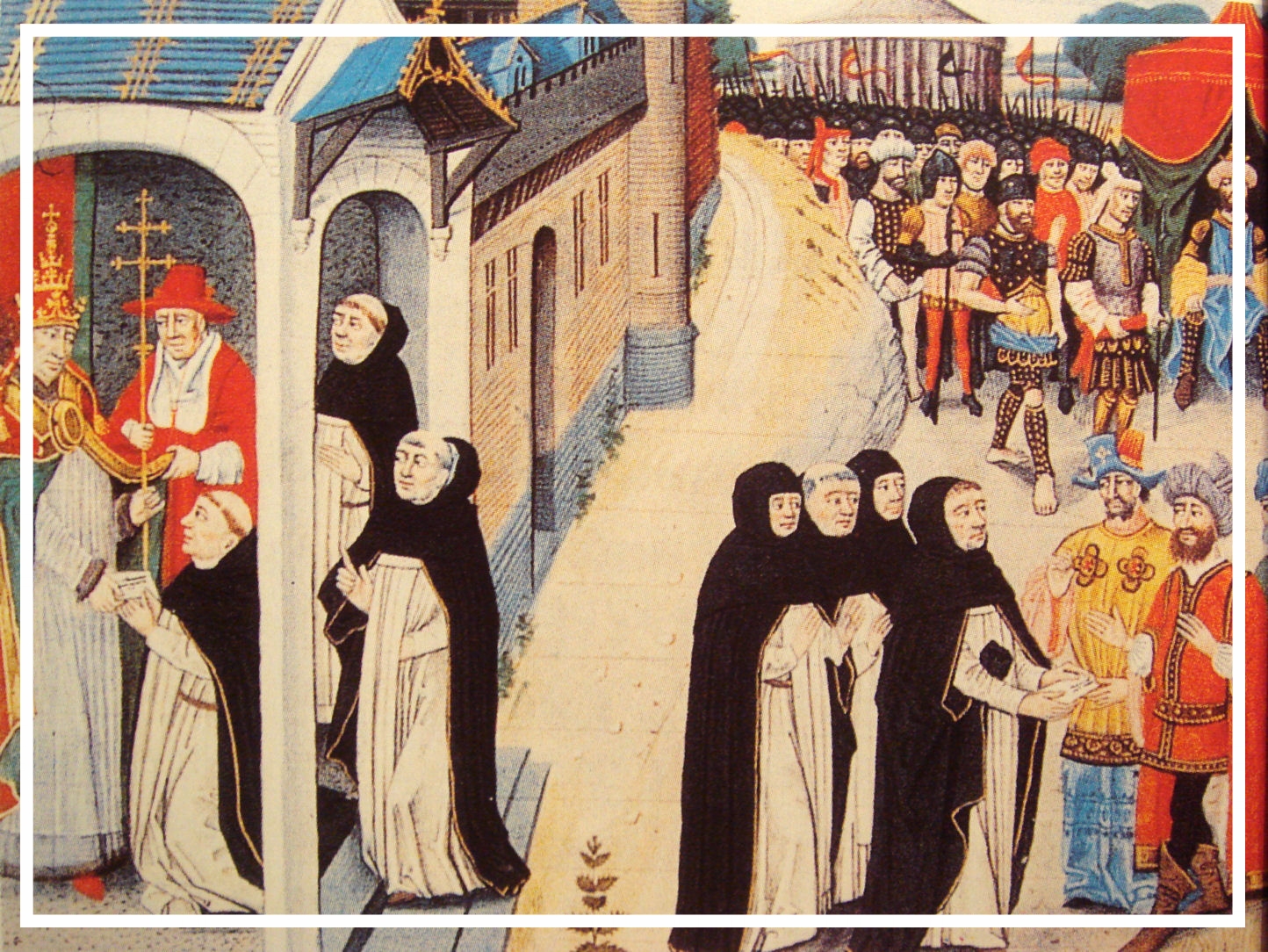This is Rabban Bar Sauma part 3 of 4: the story of the Mongol envoy's diplomatic efforts in Paris, Bordeaux, and Rome, his experience as a pilgrim to the sites and saints of Italy and France, and his attempts to improve the Ilkhanid cause against the Mamluks. (MP3)
If you like what you hear and want to chip in to support the podcast, my Patreon is here, my Ko-fi is here, and Paypal is here.
Sources:
The Monks of Kublai Khan, translated by Sir E. A. Wallis Budge. The Religious Tract Society, 1928.
Epstein, Steven. Genoa and the Genoese, 958-1528. University of North Carolina Press, 2001.
Jackson, Peter. The Mongols and the Islamic World. Yale University Press, 2017.
Jackson, Peter. The Mongols and the West: 1221-1410. Pearson Longman, 2005.
Kolbas, Judith. The Mongols in Iran: Chingiz Khan to Uljaytu 1220–1309. Routledge, 2006.
Lower, Michael. The Tunis Crusade of 1270: A Mediterranean History. Oxford University Press, 2018.
Nicol, Donald M. Byzantium and Venice: A Study in Diplomatic and Cultural Relations. Cambridge University Press, 1992.
Prestwich, Michael. Edward I. Yale University Press, 2008.
Rossabi, Morris. Voyager from Xanadu: Rabban Sauma and the First Journey from China to the West. Kodansha International, 1992.







